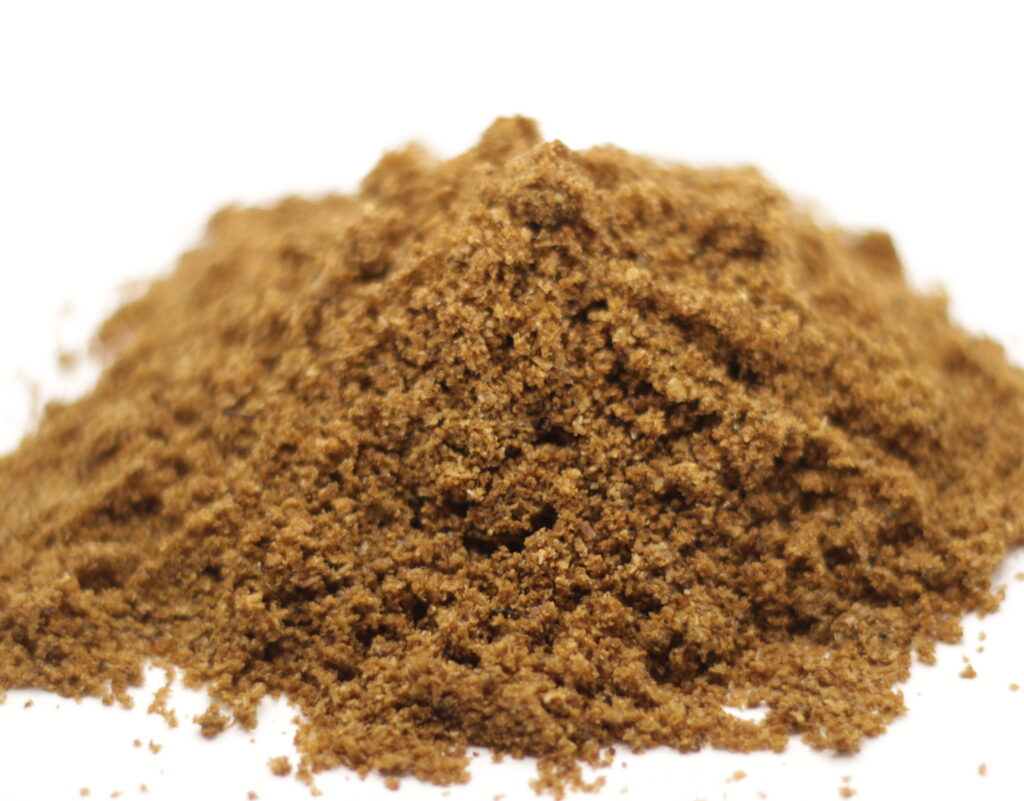20th, February, 2023
Characterisation and development of food products.

1. Feedect's commitment to human nutrition
Feedect was created with the aim of developing nutritional solutions based on insects, as they allow the bioconversion of by-products of low nutritional value into high quality nutritional products. With a high protein content and presence of unsaturated fatty acids.
The company dedicates a significant part of its resources to developing a business model that is as circular and sustainable as possible. In this sense, Feedect's commitment to the human food market is the maximum expression of this environmental objective by contributing in the most direct way possible to improve the sustainability of the sector.
2. AINIA, an ideal partner in the field of human nutrition.
Innovation and research in product development and applications is part of Feedect's DNA. For this reason, the company has been part of AINIA's network of associates since its origins.
AINIA is a private technology centre with more than 30 years of experience in R&D&I, ranking among the European technology centres with the largest corporate social base, with more than 700 associated companies and 1,600 clients.
An important part of its activity is focused on the agri-food sector. It is especially in everything related to new ingredients and food of the future, one of the main areas of work of AINIA, where Feedect finds important synergies with this technology centre.
3. The main work carried out with AINIA
Since its origins, Feedect, through different projects, has collaborated with AINIA in matters related to the characterisation of its products and the study of their possible applications.
3.1. The Tenebrio molitormeal characterisation project
This project is part of the project for the development of new insect flours for the food sector, partially subsidised by the programme for the Creation of Technology-Based Companies (CREATEC-CV).
The main objective of the project was the characterisation of the technological and nutritional properties of non-fat insect meal obtained from different dehydration processes.
The ultimate aim of this characterisation was to define the production process of this Tenebrio flour. A product with a high protein content (>50%) and a highly unsaturated fatty acid profile.
Throughout the project, the different variants of Tenebrio flour were analysed and compared with a freeze-dried sample as a reference sample. The main results of the project are summarised below.
- Thermal dehydration allows high quality Tenebrio molitor flours to be obtained, with temperature being an important parameter in the process.
- Dehydration at low temperatures preserves the natural characteristics of the product to a greater extent (e.g. by avoiding fat degradation).
- Thermal dehydration is undoubtedly a good alternative to freeze-drying processes, especially in its application on an industrial scale, as it improves the cost-effectiveness of the dehydration process, also allowing a quality product to be obtained.
3.2. Study of defatted meals of Tenebrio molitor.
Tenebrio defatted flours are undoubtedly one of the products with the greatest potential. Its high protein content (up to 70%) and a very complete amino acid profile make it an ideal product for inclusion in a wide variety of matrices.
The aim of the project was to assess the digestibility and protein quality of defatted tenebrio flour. Essential parameters in the characterisation of a protein source.
The overall conclusion was very positive as it verified that Tenebrio meal is a good alternative to conventional proteins.
Some of the results of the project were:
- The essential amino acid content of Tenebrio molitor defatted meal is higher than that of reference vegetable proteins such as pea or soya, and is in the same range as whey protein, which is considered a reference.
- Tenebrio defatted meal has a complete amino acid profile (no limiting amino acids) and therefore has a high protein quality value.
- The digestibility values of Tenebrio meal are also high compared to other protein sources.
3.3. Insect meal compared to other alternative protein sources
The general objective of the PROALT II project, led by AINIA and subsidised by IVACE, was to obtain, produce and evaluate new alternative protein sources, which, by means of their transformation and technological adaptation, allow new protein ingredients with improved techno-functional and nutritional properties to be obtained.
Within this project, the AINIA team considered essential to include protein from insects in the study. In this sense, Feedect participated in the project contributing with its products and previous knowledge.
Throughout the project, a complete characterisation of insect flours (with and without defatting) was carried out, including not only nutritional aspects but also technological aspects such as retention capacity, solubility and swelling.
The overall conclusion is that the characteristics and behaviour of the tenebrio meals were very favourable. This confirms the versatility of the product, which has great potential for inclusion in the production of protein-enriched products.
3.4. Use of insect meal in food matrices
It is also essential to advance in the applicability of these new food ingredients. For this reason, Feedect collaborates with AINIA in trials on the application of insect flour in different food products.
In this sense, it is worth highlighting the inclusion trials in bakery products in which the possibilities of including Tenebrio molitor flour without defatting together with equivalent products from other insect species were studied.
Throughout the project, good performance of the food matrices including Tenebrio molitor meal was observed.
In addition, the results were particularly good in organoleptic terms, with samples containing 7.5% Tenebrio molitor meal winning the tasting, even over those containing no insects at all.